Choice, Consent, and Agency in a Learner Centered Framework
"I work with the dog until I can trust them to make good choices."
"Agency is the dog's ability to make choices that lead to desirable outcomes."
"My dog knows they can opt out any time."
Choice, consent, and agency are hot topics in animal training, and that's worth celebrating. It marks a critical shift away from methods that rely on force and/or coercion, and has been a critical step to bettering animal welfare across the board. While important to recognize and celebrate progress, adopting a learner centered lens reveals that standard R+ approaches remain centered on the human/teacher’s needs and experiences, and may overlook critical pieces of the animal’s experiences.
When we say that we can give choice only after we have trained requisite skills to fluency and only once we are confident they will make the “right” choices, we have determined there is only one right outcome of the training process and we have removed choice and independent exploration from the training process. If we are confident that a dog will always respond to a stimulus in a particular way, and we only offer increased freedom once we are sure that is true, and freedom is reduced or removed if they respond differently, that is not agentic nor does it offer choice. A choice-based alternative is to craft a safe training environment that mimics the problem-solving needed in a future real-world scenario and offer myriad acceptable options for solving the problem. Then, the learner can explore the impact each option has and, when a real-world scenario occurs, the learner is equipped with multiple acceptable solutions and can make an informed choice to deploy the option that works best for them in that moment.
There is a similar gap when we say agency is a dog’s ability to make choices that lead to desirable outcomes. We must ask, desirable for whom? If the outcome is desirable for the human, it is not automatically desirable for the dog — or they may not perceive its desirability or relevance to them. A more learner-centered goal is to increase the learner’s belief that they have an impact on their environment, which aligns with the Albert Bandura’s definition of agency: An individual’s belief in their ability to exercise control over their own, independent functioning and external environment. The key difference between Bandura’s definition and the one above is the value judgment on the outcome of the learner’s choice. This does not mean we are limited to outcomes that serve the dog exclusively, rather that we should cultivate relevance in our training plans. If a dog is taught to heel using cookies to reward their efforts, that has a different impact than a dog who is taught that staying in a heel is how they move their human forward and that they can control the human’s motion 360°, including stop, start, turn, and about-face. A heel is one of many options they have to exert control over their environment, and the human has a dog who can maintain a loose leash walk.
Teaching a dog about their options for response in a given scenario and increasing their control over their environment provides robust choice, much beyond opt-ins and opt-outs. When we offer an opt out, we offer two choices: participate, or don’t. This can look many, many different ways and does not automatically constitute a punishing contingency, but is a lackluster set of choices for a species cognitively capable of much more. Perhaps the dog doesn’t want to sit out of the training session altogether, but has a specific activity they’d like to do. Or perhaps they would like a few minutes to watch the hubbub around them before joining in, or they could need to relieve themselves or get a drink — the possibilities of what they could request prior to participating are limitless, and we remove those options when we limit choice to opt-in/opt-out. Additionally, when we offer reinforcement for participation, we are incentivizing participation. If we allowed activity to be its own reward, intrinsically valuable to the learner, and rewarded opt-outs with an extrinsic reinforcer like a cookie or toy, we would be more fully assured the animal’s participation had gone beyond an opt-in to true assent with enthusiastic participation.
The move toward considering choice and agency in animal training has been important and is valuable; good work with the best intentions has taken place, and our animals have undoubtedly benefited. However, if choice and agency are truly our goals, they should be an inherent part of a learning process that provides exploration of many right answers, does not pre-determine a single path to learning, and that holds functional relevance for the learner. The opportunity to try on a new perspective and push choice and agency for animals even further does no harm and leads toward a place of greater collaboration with, empowerment of, and understanding of each of our unique learners.

